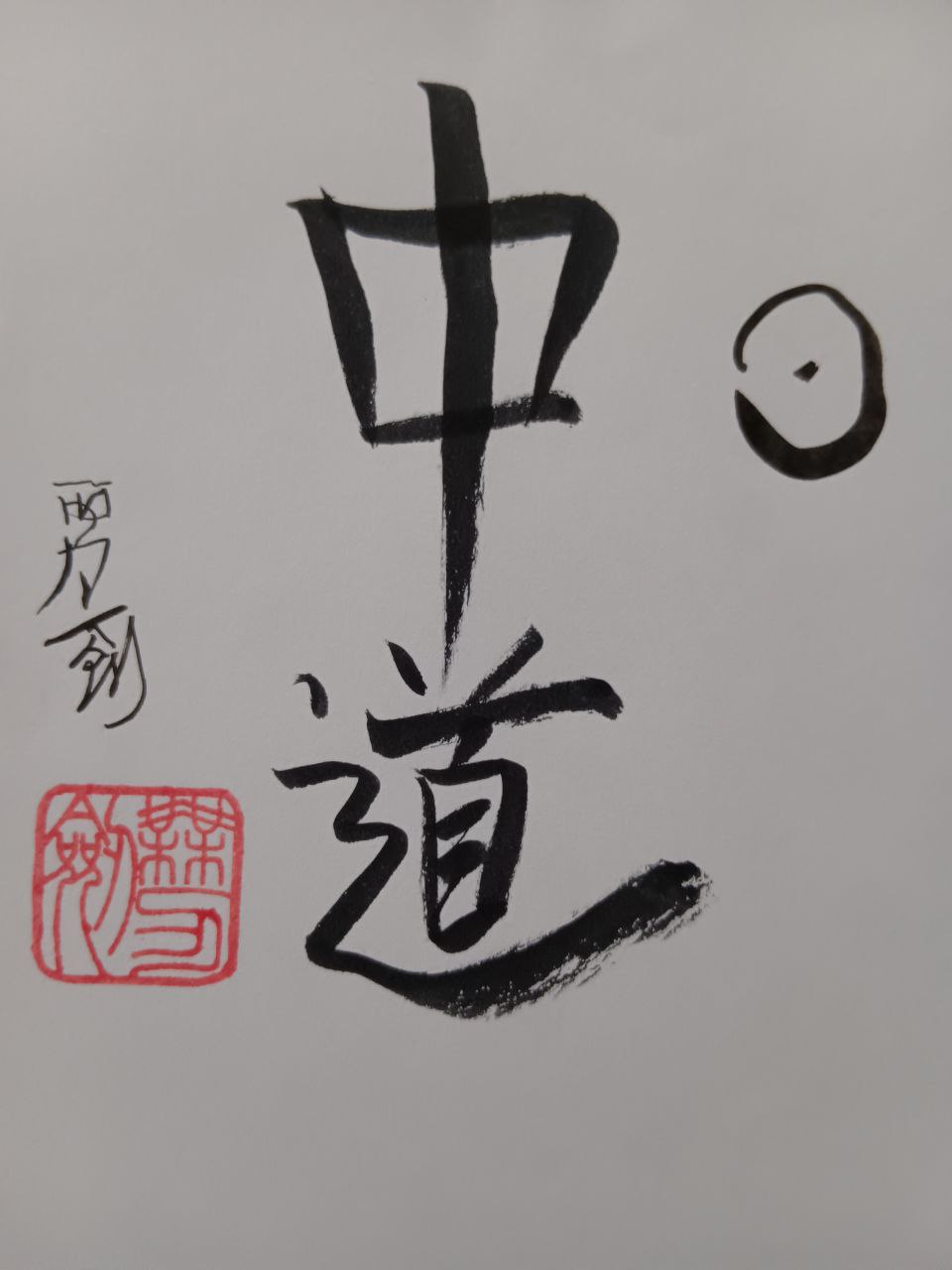Middle Way is one of the most important concepts in Buddhism, y, one of the most profound and transformative. It is a path of balance and wisdom that avoids extremes, both in our actions and in our thoughts, leading us towards a fuller and more harmonious life. For those approaching Buddhism for the first time, Understanding the Middle Way is essential to grasping the essence of the Buddha's teachings and how to apply them in everyday life..
The term “Middle Path” comes directly from the Buddha's experience. Before reaching enlightenment, Siddhartha Gautama explored two extremes in his search for truth: As a young man he lived in luxury as a prince, enjoying all the pleasures in the world; then, In his search for liberation from suffering he immersed himself in extreme mortification, depriving themselves of almost everything necessary to live. However, None of these avenues provided him with the deep understanding he sought.. It was then that he realized that true wisdom and liberation are not found in extremes., but on a middle path that rejects both excessive indulgence and extreme austerity. This is the Middle Way.
The Buddha summarized his understanding in the Speech on the start of the wheel of Dharma (Dhammacakkappavattana Sutta), where he said:
“Monks, These two extremes should not be practiced by someone who has abandoned the world: the one who gives himself over to sensual pleasures, which is low, vulgar, mundane, ignoble and harmful; and he who gives himself over to mortification, which is painful, ignoble and harmful. Avoiding both extremes, the Tathagata has awakened to the understanding of the Middle Way, that of vision, that gives knowledge, and leads to calm, to higher knowledge, upon waking up, al Nibbana.” (Saṃyutta Nikāya 56.11).
In our daily lives, we fall into numerous errors of perception that distort our vision of reality, Buddhism calls this fact ignorance, one of these errors manifests itself in seeing the “reality” through dualities: good and bad, pleasure and pain, success and failure. These polarities create internal and external conflicts, generating suffering when we cling to one or the other. The Middle Way shows us a way out to help us transcend these dualities., to see reality more clearly and to understand that the true nature of things is not defined by these opposites.
A story from the Buddhist tradition that illustrates this teaching of the Middle Way is the story of the lute., which the Buddha related to Sona, a monk who had fallen to the extreme of overexertion. The Buddha explained to him that, just like the strings of a lute, They should be neither too tight nor too loose to produce a harmonious sound., in the same way, spiritual practice must be balanced. If there is too much tension, it is unsustainable; if there is too much laxity, does not bear fruit. The Middle Way is the way that allows us to find that balance.
The Middle Way also requires a kind of unconditional trust in our innate goodness.. As we practice this path, we develop wisdom that goes beyond rigid concepts and fixed opinions. This wisdom arises from direct experience and introspection, allowing us to see things as they are, instead of how we think they should be, that is to say, intrinsically kind.
Trust in the Middle Way is not blind, but is based on the observation that life is richer and less conflictive when we do not allow ourselves to be trapped by extremes and live from our authentic original nature.. In this sense, It is a trust cultivated through practice, a trust that gently guides us toward greater understanding and compassion.
Living the Middle Way does not mean avoiding all action or living in constant neutrality.. On the contrary, involves making decisions and acting, but always from a balanced and conscious position. For example, in food, The Middle Way advises us not to fall into excessive indulgence or severe deprivation, but to find a diet that is healthy and sustainable. in our relationships, It means being neither overly dependent nor completely indifferent., but to cultivate bonds based on mutual respect.
By practicing the Middle Way, We learn to trust our ability to find that balance in every aspect of our lives., recognizing that this path is not a straight line, but a path that adapts to changing circumstances with flexibility and wisdom.
The Middle Way is more than a philosophical concept; is a practical guide to living more fully and consciously. By transcending dualities and trusting in our ability to discern wisely, We move closer to a life of greater peace and fulfillment. Ultimately, The Middle Way shows us that true liberation is not found in extremes, but on the path that transcends them, guiding us towards a life of balance, understanding and inner peace.

